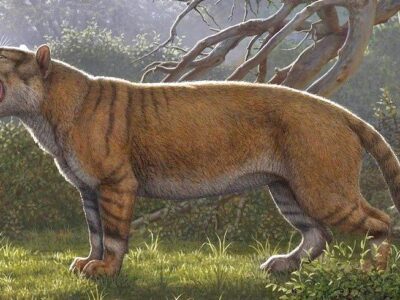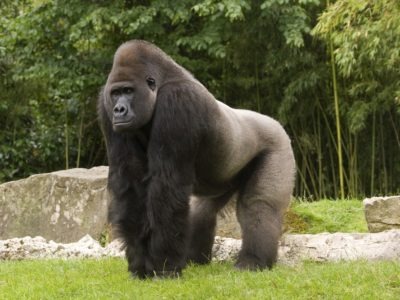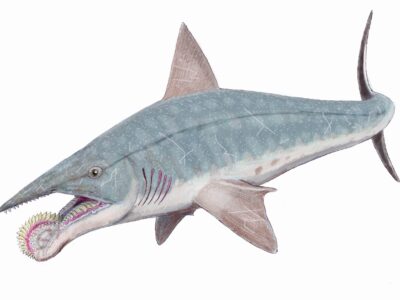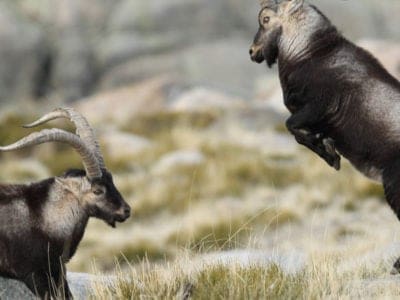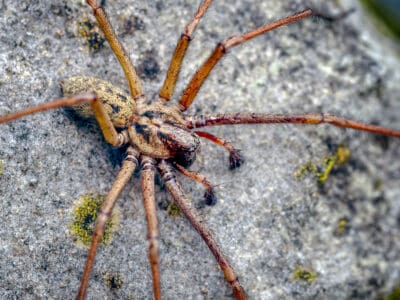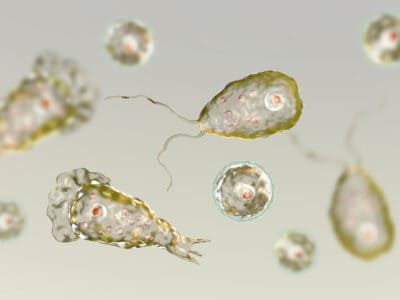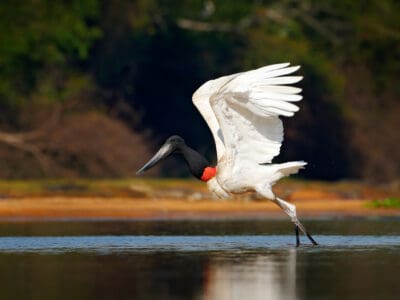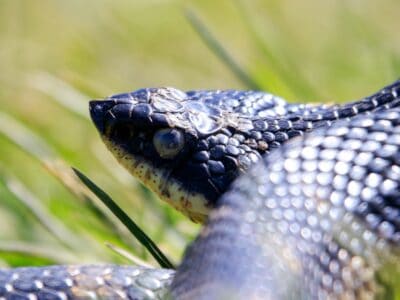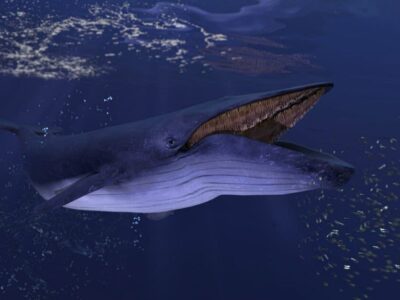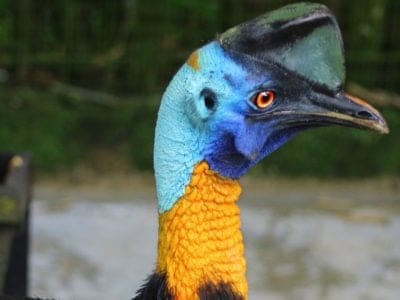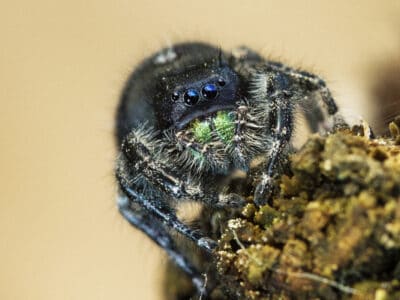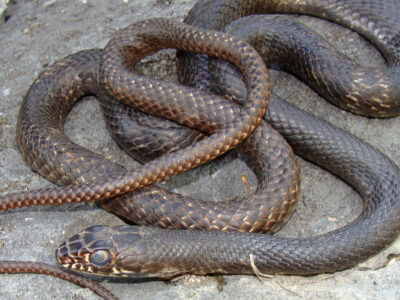Animals. There are more than one million species on Earth, with new ones discovered each day.
(There were more than 280 new species of fish discovered in 2020 alone!)
And from one country to the next you’ll discover incredible new creatures. From the scimitar-horned oryx which can be found in African countries like Morocco, to the rare giant panda in China’s foothills, there’s always new animals to discover.
Simply click on a country or continent below to get started.
Animals in Africa

Hawk Moth Caterpillar
Many hawk moth caterpillars eat toxins from plants, but don’t sequester them the way milkweed butterflies do. Most toxins are excreted.
Click to see a List of all African Animals.
Animal Locations in Africa
- Algeria
- Angola
- Benin
- Botswana
- Burkina Faso
- Burundi
- Cameroon
- Central African Republic
- Chad
- Côte d’Ivoire
- Democratic Republic of Congo
- Djibouti
- Egypt
- Equatorial Guinea
- Eritrea
- Ethiopia
- Gabon
- Gambia
- Ghana
- Guinea
- Guinea-Bissau
- Kenya
- Lesotho
- Liberia
- Libya
- Madagascar
- Malawi
- Mali
- Mauritania
- Morocco
- Mozambique
- Namibia
- Niger
- Nigeria
- Republic of Congo
- Rwanda
- Senegal
- Sierra Leone
- Somalia
- South Africa
- South Sudan
- Sudan
- Swaziland
- Tanzania
- Togo
- Tunisia
- Uganda
- Western Sahara
- Zambia
- Zimbabwe
Animals in Antarctica
Click to see a List of all Antarctican Animals.
Animals in Asia

Skink Lizard
Some skinks lay eggs in some habitats while giving birth to skinklets in other habitats.
Click to see a List of all Asian Animals.
Animal Locations in Asia
- Afghanistan
- Bangladesh
- Bhutan
- Brunei Darussalam
- Cambodia
- China
- India
- Indonesia
- Indonesia (Islands)
- Indonesia (Java)
- Indonesia (Southern Borneo)
- Indonesia (Sulawesi)
- Iran
- Iraq
- Israel
- Japan
- Jordan
- Kuwait
- Kyrgyzstan
- Lao People’s Democratic Republic
- Lao Peoples Democratic Republic
- Lebanon
- Malaysia
- Malaysia (Northern Borneo)
- Mongolia
- Myanmar
- Nepal
- North Korea
- Oman
- Pakistan
- Palestinian Territories
- Philippines
- Qatar
- Saudi Arabia
- South Korea
- Sri Lanka
- Syria
- Taiwan
- Tajikistan
- Thailand
- Timor-Leste
- Turkmenistan
- United Arab Emirates
- Uzbekistan
- Vietnam
- Yemen
Animals in Central America
Click to see a List of all Central American Animals.
Animal Locations in Central America
- Bahamas
- Belize
- Cayman Islands
- Costa Rica
- Cuba
- Dominican Republic
- El Salvador
- Guatemala
- Haiti
- Honduras
- Jamaica
- Nicaragua
- Panama
- Puerto Rico
- Trinidad and Tobago
Animals in Eurasia
Click to see a List of all Eurasian Animals.
Animal Locations in Eurasia
Animals in Europe
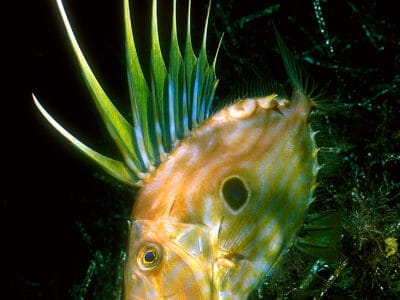
John Dory
The John Dory is often labeled one of the ugliest fish in the world and has no known relatives.
Click to see a List of all European Animals.
Animal Locations in Europe
- Albania
- Armenia
- Austria
- Azerbaijan
- Belarus
- Belgium
- Bosnia and Herzegovina
- Bulgaria
- Croatia
- Cyprus
- Czech Republic
- Denmark
- Estonia
- Finland
- France
- Georgia
- Germany
- Greece
- Hungary
- Iceland
- Ireland
- Italy
- Kosovo
- Latvia
- Lithuania
- Luxembourg
- Macedonia
- Moldova
- Montenegro
- Netherlands
- Norway
- Poland
- Portugal
- Romania
- Russia (Kaliningrad Oblast)
- Serbia
- Slovakia
- Slovenia
- Spain
- Svalbard and Jan Mayen
- Sweden
- Switzerland
- Turkey
- Ukraine
- United Kingdom
Animals in North America
Click to see a List of all North American Animals.
Animal Locations in North America
Ocean Animals
Click to see a List of all Marine Animals.
Animal Ocean Locations
- Arctic
- Great Lakes
- Indian
- Mediterranean-Caspian
- North Atlantic
- Northeast Pacific
- Northwest Pacific
- South Atlantic
- Southeast Pacific
- Southern Ocean
- Southwest Pacific
Animals in Oceania
Click to see a List of all Oceanian Animals.
Animal Locations in Oceania
- Australia
- Australia (Tasmania)
- Fiji
- French Southern and Antarctic Lands
- Indonesia (Papua)
- New Caledonia
- New Zealand
- Papua New Guinea
- Solomon Islands
- Vanuatu
Animals in South America
Click to see a List of all South American Animals.
Animal Locations in South America
- Argentina
- Bolivia
- Brazil
- Chile
- Colombia
- Ecuador
- Falkland Islands
- French Guiana
- Guyana
- Paraguay
- Peru
- Suriname
- Uruguay
- Venezuela
Countries Animals Lists
Click any of the countries below to see a detailed list of animals located in that country!



